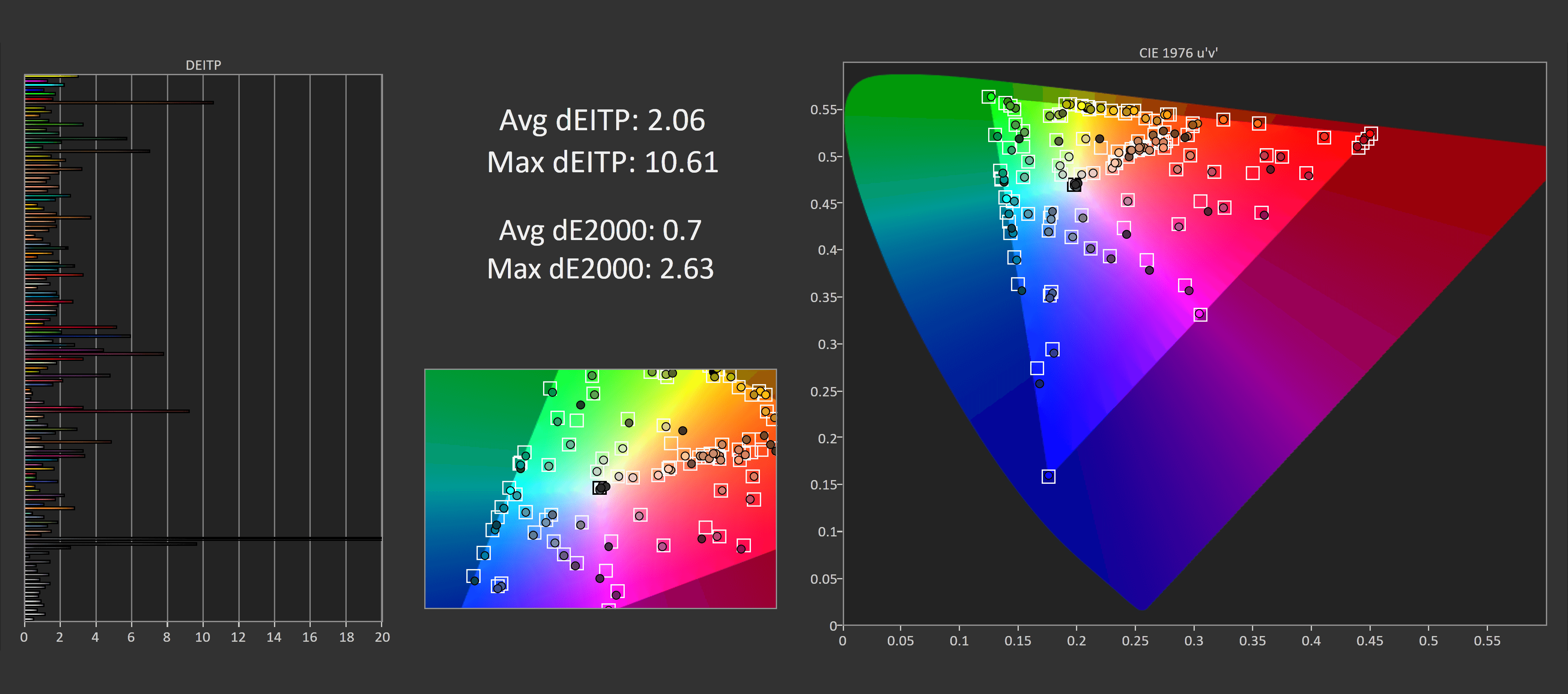
When prompting for instrument calibration, display the just now detected instrument name instead of the previously enumerated name (the latter might be stale if you forgot to refresh after changing connected instruments).Always enumerate instruments on application startup if more than one instrument was detected the last time the application was used (cross-platform consistency).Move them to the trash automatically if they were previously (manually) installed. Detect and warn about malformed colorimeter corrections (e.g.Linux: Work-around failure to launch if wxPython 3.0 / wxWidgets 3.0 release number do not match (using wxPython 3.0 is deprecated).Linux: Failure to launch with pre-release versions of wxPython 4.Do not re-use logfiles for standalone tools as long as other instances are still running.


Hit play on the video below to see AramK show you how to calibrate your monitor for color grading in DaVinci Resolve.Changelog 12:14 (UTC) 3.8.9.3 Displa圜AL 3.8.9.3 Fixed in this release: Launch DaVinci Resolve, and the rest of your monitor calibration will be generated by DaVinci Resolve. Your parameters for 3D LUT will be different depending on your system and color goals for whatever project you are completing.

Always check the option to create 3D LUT after profiling. Leave the rest of the settings alone except under the 3D LUT tab. So, using Display CAL, navigate to Display & Instrument, and change your display to Resolve. You can also change 3D LUT within DaVinci Resolve, but it is not the optimal method. This is a professional method used for external monitors that accept LUT. Select auto-optimize for the testchart setting, and then adjust the number of patches to about 1000-2000.įor “Verification”, this will simply verify how accurately the monitor calibration process went. Also, it is not recommended to click ambient light adjustment for consistency. If you set your white level anywhere between 89-120, you’ll be fine. Starting with observer, leave what you have as the default and don’t touch the whitepoint. Next, we move to the “Calibration” tab to access those settings. Make sure the output level is set to full range. On the Display CAL screen, you should see a settings window that opens on Display & Instrument. At this point, I also have the iDisplay calibration tool connected via USB. You can download Display CAL for free to use for monitor calibration. These settings will be different depending on the computer you have. Whether you use Windows or IOS, we will calibrate our display via color management.

I’ll also be using an iDisplay screen calibration tool that connects to my computer via USB.įirst, we will initiate calibration using your computer’s operating system. We will be covering two different methods to calibrate your display for color grading in DaVinci Resolve. Calibrating Your Monitor – Color Management & 3D LUT Creation In collaboration with YouTube creator AramK, we bring you a series of Davinci Resolve 16 tutorials to help you get your video project off the ground.


 0 kommentar(er)
0 kommentar(er)
